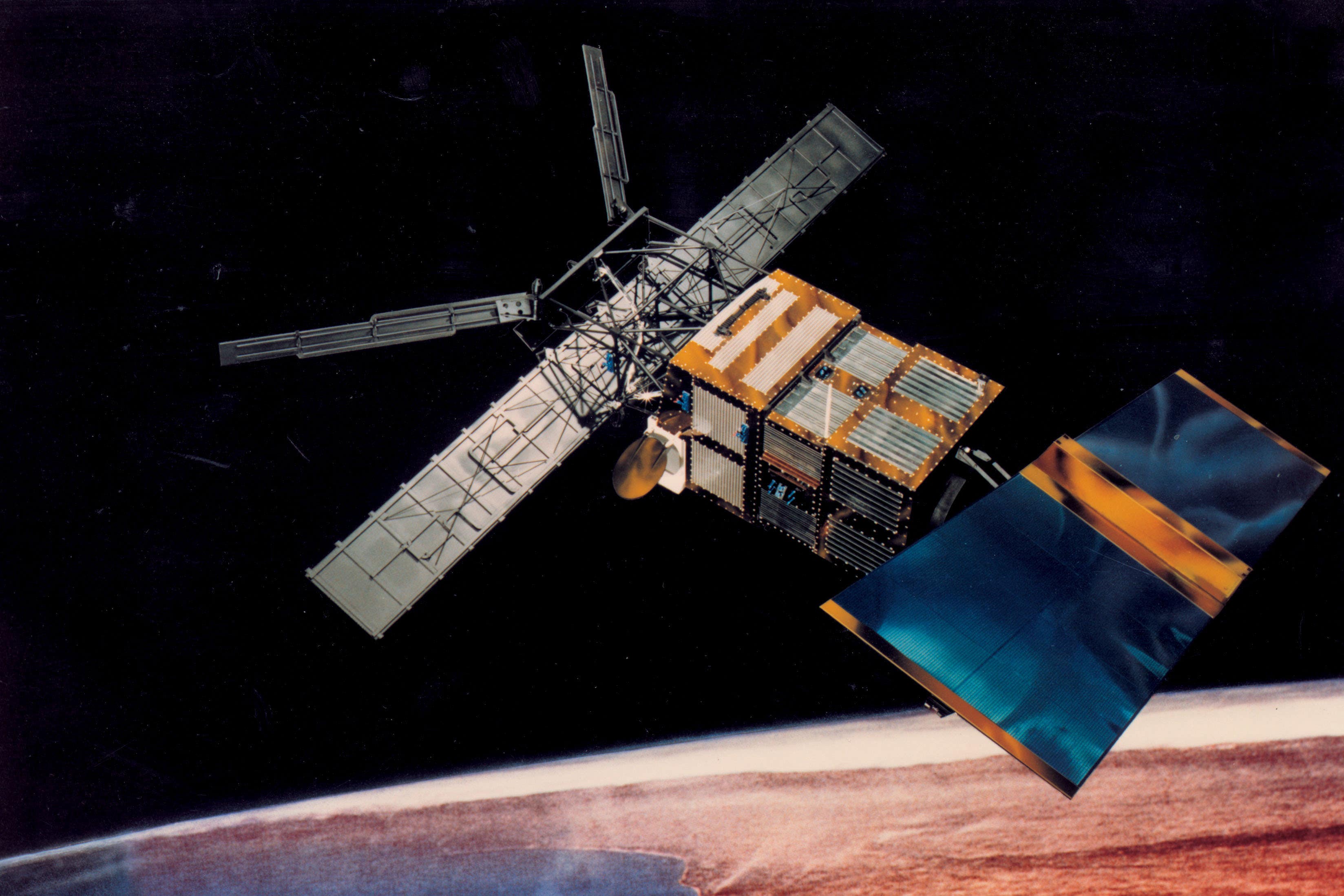Space satellite returns to Earth’s atmosphere after almost 30 years
The ERS-2 satellite fell in the North Pacific Ocean somewhere between Alaska and Hawaii.

A satellite that has been in orbit for nearly 30 years has fallen back down through the Earth’s atmosphere, the European Space Agency (Esa) has said.
The ERS-2 satellite fell in the North Pacific Ocean somewhere between Alaska and Hawaii at around 5.17pm GMT on Wednesday, bringing to an end a nearly three-decade-long orbit.
The satellite was launched in 1995 following on from its sister satellite, ERS-1, which had launched four years earlier.
At the time, they were both the most sophisticated Earth observation satellites ever developed.
In 2011, Esa retired the still-functioning ERS-2 and began the process of deorbiting.
Throughout its working life, ERS-2 collected data on the Earth’s diminishing polar ice, changing land surfaces, rising sea levels, warming oceans, and atmospheric chemistry.
ERS-2 was also called upon to monitor natural disasters, such as severe floods and earthquakes, in remote parts of the world.